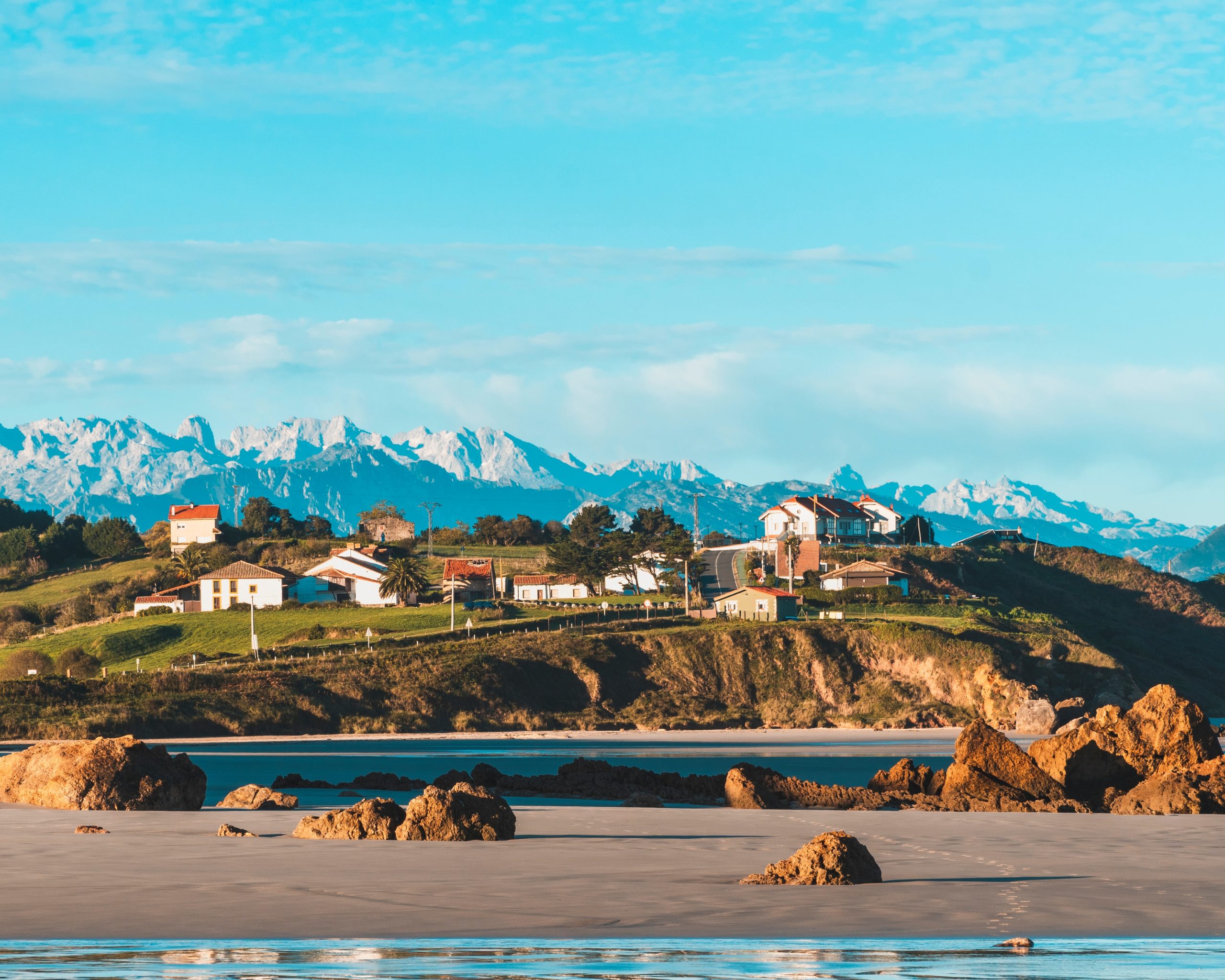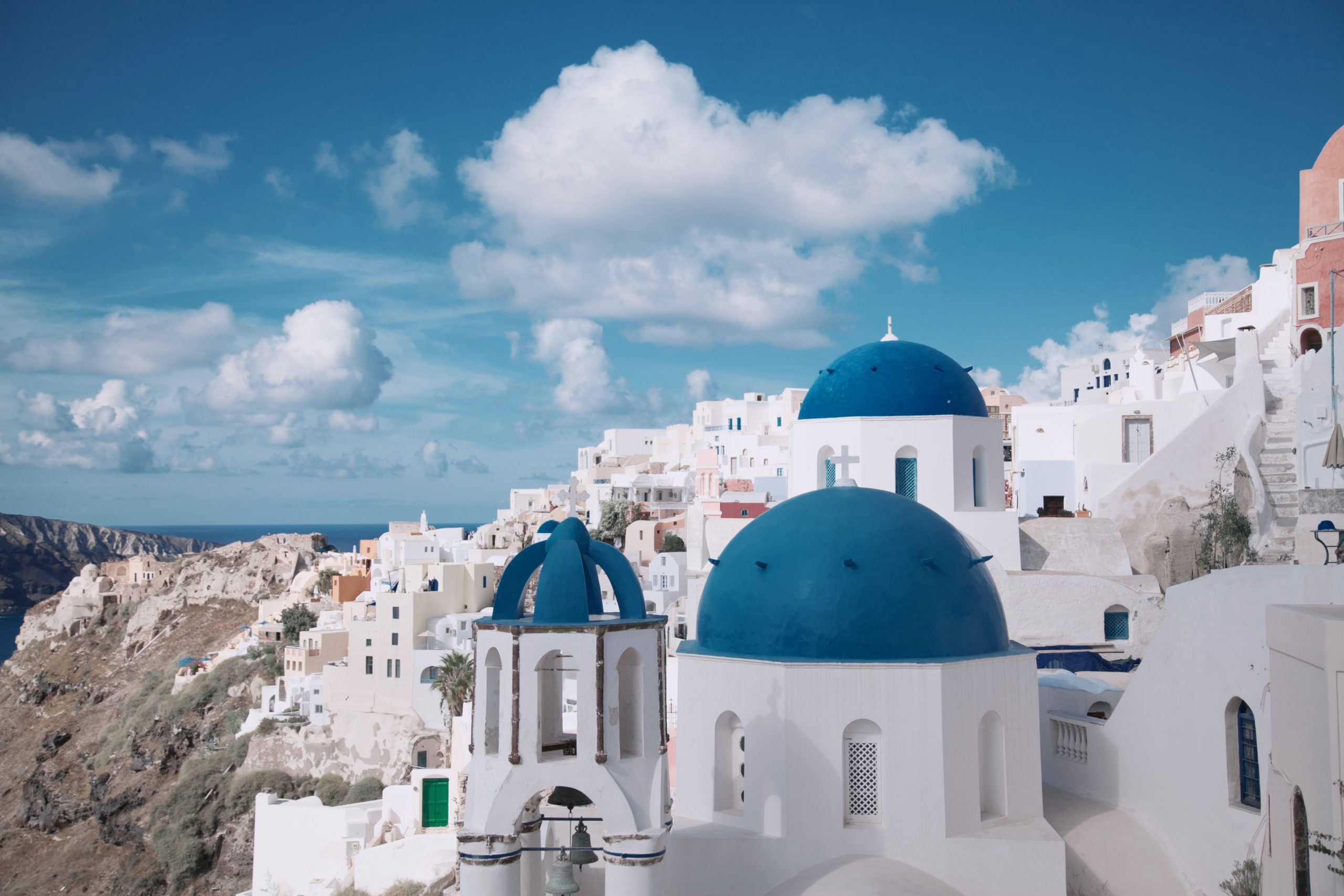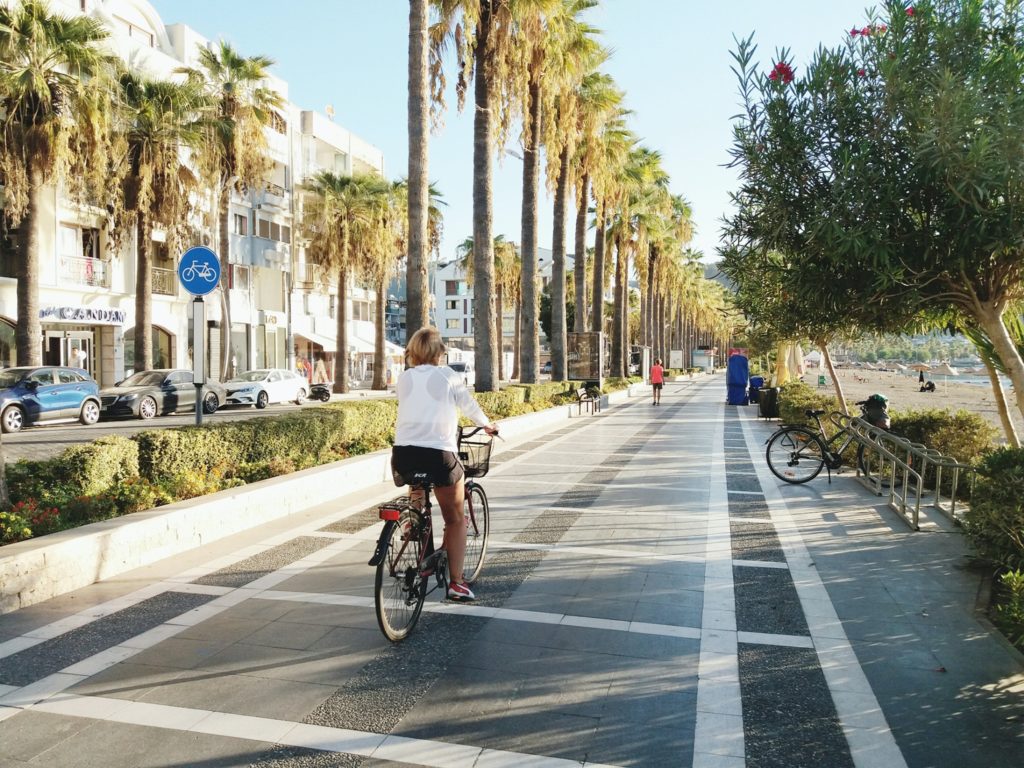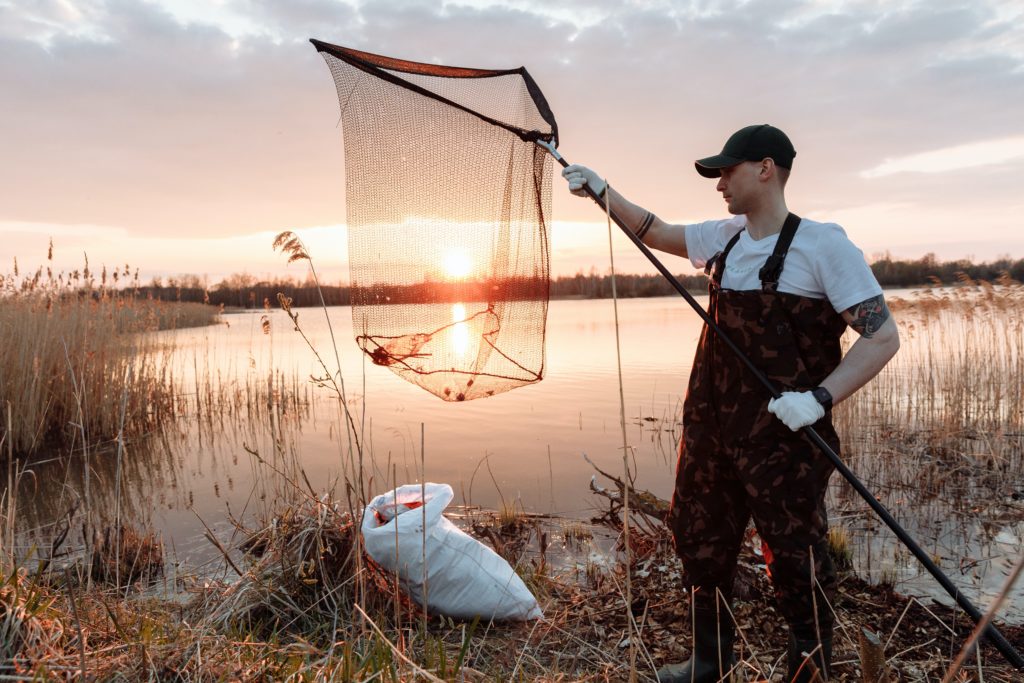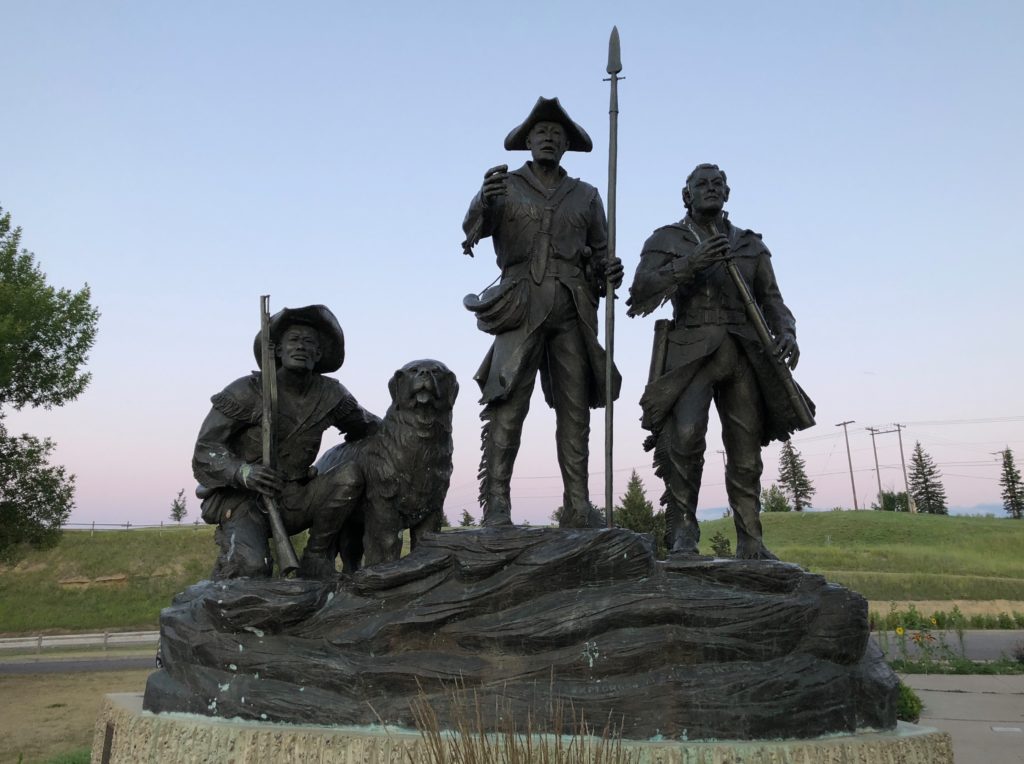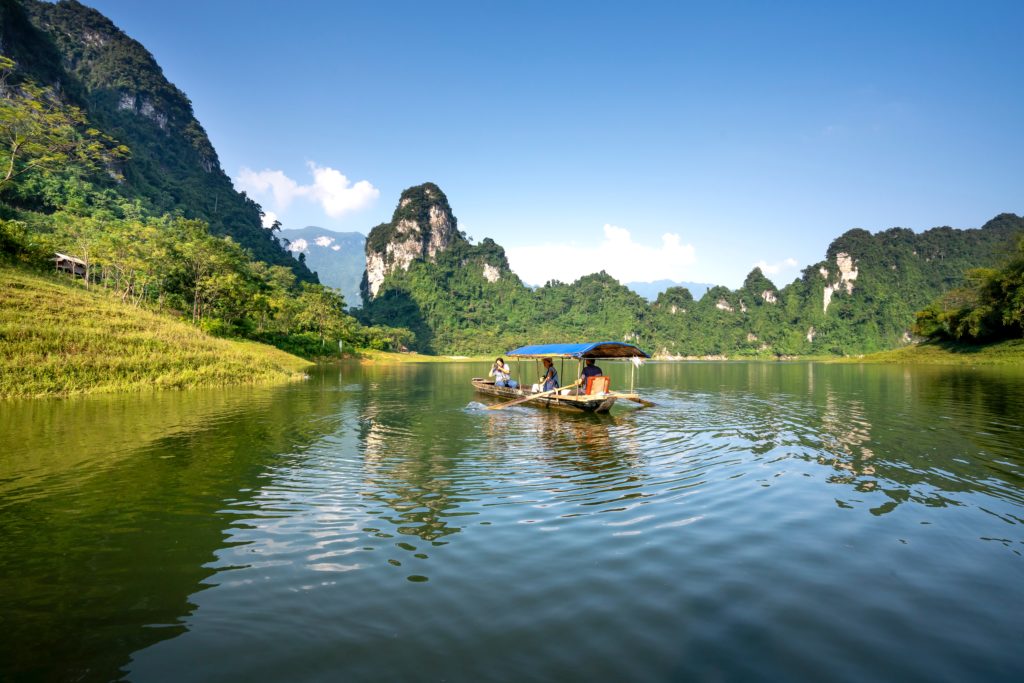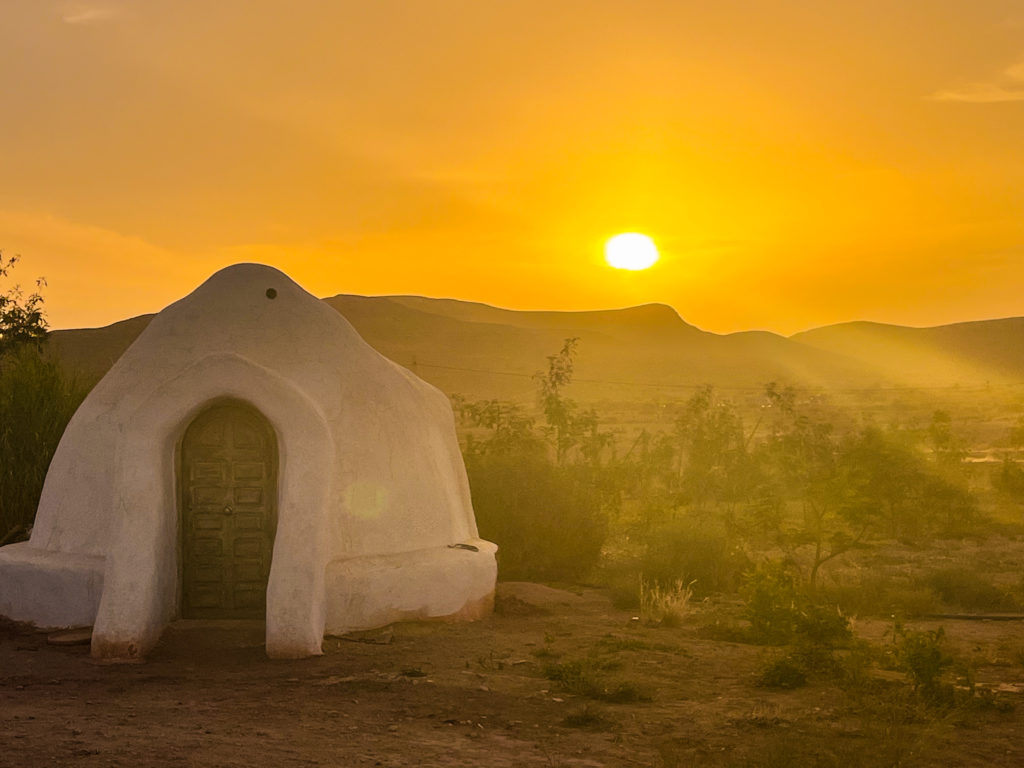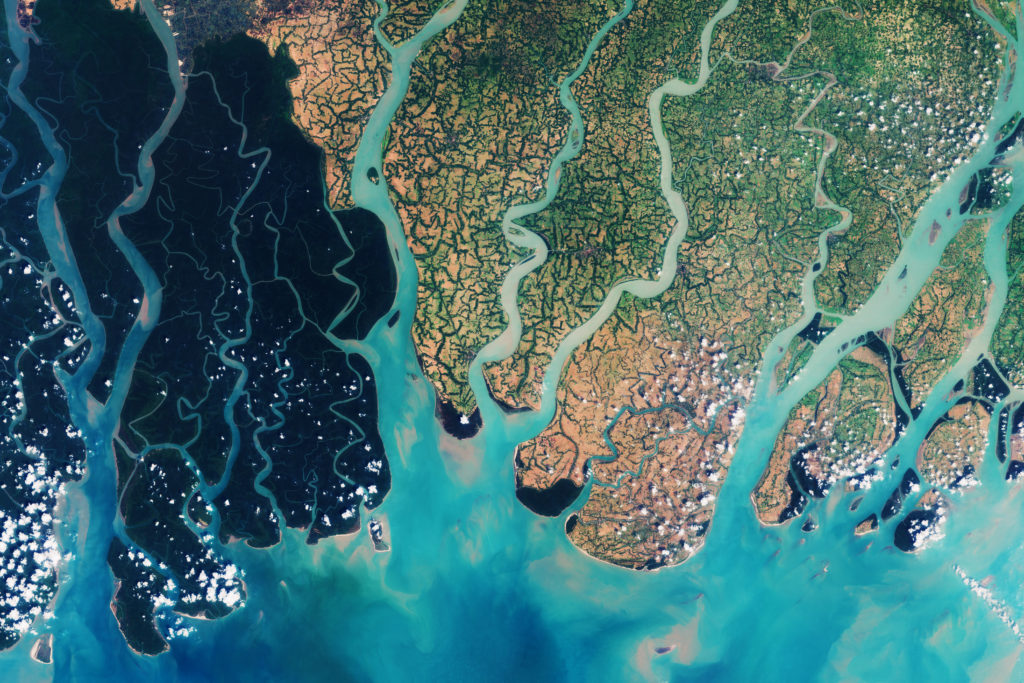Tourism destinations go through various stages of development, and during each of them, managers face issues and challenges that need to be addressed to guarantee the ongoing success of the destination. In this blog, we’ll talk about emerging destinations, explain what an emerging destination is, and discuss a few of the development challenges they face by using the Tunisian region of Dahar as an example
What is an emerging destination?
According to Butler’s tourism areas’ life cycle, depending on their development’s progress, attractiveness and competitiveness destinations go through various stages over time. These stages are namely: exploration, involvement, development, consolidation, stagnation, rejuvenation or decline. Emerging destinations are examples of the first two stages of this cycle. These are places with significant potential as tourism destinations, where policymakers and managers still need to make major efforts to turn the available resources and attractions into appealing tourism products capable to compete in the tourism markets.
Emerging destinations’ development challenges
It is difficult to position a tourist destination and keep it both competitive in the tourism market and sustainable in contributing positively to the local economy, community and environment. The setup of a successful destination is the result of combined efforts from local governments, stakeholders, communities and often, specialized external organizations too. The collaboration among all these participants is vital to producing a development plan focused on creating a tourism offer that is sustainable and capable of satisfying the needs of the tourists. However, this process may sound ambitious, and very often emerging destinations face challenges with:
- Destination planning
- Marketing strategy
- Destination management
Destination planning
Setting up a destination is a complex process, and it can be overwhelming because various elements need to be considered to:
- Understand the destination’s assets
- Enhance the destination’s potential
- Create goals to develop the tourism product
The most important part of planning an emerging destination’s development is creating a development plan. This plan comes to the aid of managers, as it includes:
- An assessment of the available resources, such as the already existing attractions, services and infrastructure
- An evaluation of the tourist profile
- A strategy on how the destination needs to be developed and maintained.
To achieve a successful strategy, local stakeholders and communities must be involved in the process. However, it can be a long and slow process bringing together all the people involved, coordinating discussions and agreeing on the most suitable development strategy. This is especially the case in emerging destinations where there is not an organization supporting the process, such as a destination management organization (DMO).
Destination management
Destination management is another challenge faced by new destinations. Tourism can be first developed by the local or national government and tourism boards, however, it also needs to be constantly managed in order to be sustainable. Ideally, a skilled and knowledgeable team needs to be employed to establish a destination management organization in charge of:
- Monitoring tourism impacts
- Facilitating the involvement of all the local stakeholders
- Producing and implementing the destination development plan
- Branding and marketing the destination
- One of the significant issues with DMOs is that they often lack funding, as they are often private organizations. When DMOs are not financially supported by governments, they need to find alternative ways to finance themselves to survive and continue to manage the destination.
Destination marketing
Marketing an emerging destination can be challenging, because tourism development and management are still in the initial stages. A marketing strategy is essential to promote the destination to tourists, therefore managers need to be aware that it has to be well thought out and planned in order to be efficient. Managers must:
- Evaluate the type of audience they wish to reach out to
- Take into consideration the advance in technology, and use it not only to sell the destination, but also to engage with potential visitors
- Make sure the strategy is fully integrated by creating a marketing content schedule
- Ensure sure that the marketing efforts are ongoing
Emerging Destination case study: Destination Dahar, Tunisia
Tunisian tourism is currently mostly concentrated in all-inclusive resorts along the coast, but the country aims to differentiate its tourism product to balance the economy within the country. As part of a more sustainable tourism strategy, the focus will be on supporting the development of more regions of tourism interest in different parts of the country. This will result in being extremely beneficial for the internal development of the country and its citizens, but it will also allow Tunisia to gain more competitiveness in the tourism market.
Dahar region
The Dahar is a region in southeast Tunisia, crossed by the sandstone mountain chain of The Djebel Dahar. This territory is known for its extremely arid and lunar landscape and is the most remote zone in the country. Because of this, it is one of the least populated and developed areas, and the least visited by tourists, both domestic and international.
Dahar’s arid landscape
Destination Dahar
However, this region is rich in history, architecture, culture and traditions thanks to the many Berber (Amazigh) tribes who adapted and lived here for thousands of years. The Amazigh heritage is unspoiled, and it offers an authentic tourism experience for travelers willing to move away from traditional coastal destinations. Because of its authenticity, Dahar was chosen as the first region in the Tunisian tourism diversification project.
Traditional troglodyte caves, home of Berber peoples
Inside a cave dwelling that has been turned into a guest house
The development of the FTADD DMO was financed by the State Secretariat for Economic Affairs (SECO) and realized by SwissContact, through the Project Destination Sud-Est. The DMO was officially created in March 2018. It aims to build on the destination’s authentic heritage and offer authentic and sustainable experiences to visitors. Establishing the DMO and creating a destination plan was a success, and many local stakeholders and tourism business owners were consulted in the decision-making process and later on, involved in the development of tourism in the region.
Destination Dahar’s efforts and great achievements were recognized by the Green Destinations organizations, and it was selected as one of their 2021 Top 100 Good Practice stories. The DMO won again in 2022, a remarkable feat!
Emerging Destinations: Destination Dahar
Through the Visit Tunisia project, Solimar is currently supporting Destination Dahar. Solimar will help to define the DMO’s marketing strategy, and to develop a business plan allowing it to carry on with its role of destination management in this emerging destination.
Destination Dahar marketing
The DMO needs support to create an appropriate marketing strategy to inform visitors about this new destination and its offering. Solimar will be supporting the DMO by creating engaging digital content in order to reach a wider audience and tell Dahar’s story.
We have identified where and how this content could be improved, because currently, it is:
- Mainly written only in French or Arabic
- Not very frequent and regular posts on social media platforms
- Lacking both evergreen and themed topics on the DMO website
Additionally, to make it easier for the DMO and its marketing team, we’re working on suggesting a list of blogs and posts’ topics to write about, and creating a marketing content calendar that would help to plan better the digital content to produce and publish.
Destination Dahar’s Business Plan
At Solimar, we are proud to be able to often assist destinations in strengthening and supporting institutions, and in the case of Dahar, proposals were made on how the DMO could continue existing and be financially stable
As learned at the start of this blog, setting up and managing an emerging destination can be a difficult and long process, and many challenges need to be faced and overcome in order to guarantee the success of the destination. Collaborating with local stakeholders and the community is essential to establishing an appropriate developing plan. Ideally, overcoming the challenges can be easier if a destination is provided with a DMO that can concentrate all efforts on coordinating the resources to develop and manage the destination.
Check out the Solimar’s Institute for Sustainable Destinations and learn about all the courses available to learn more on how to develop, improve, and manage your destination.
